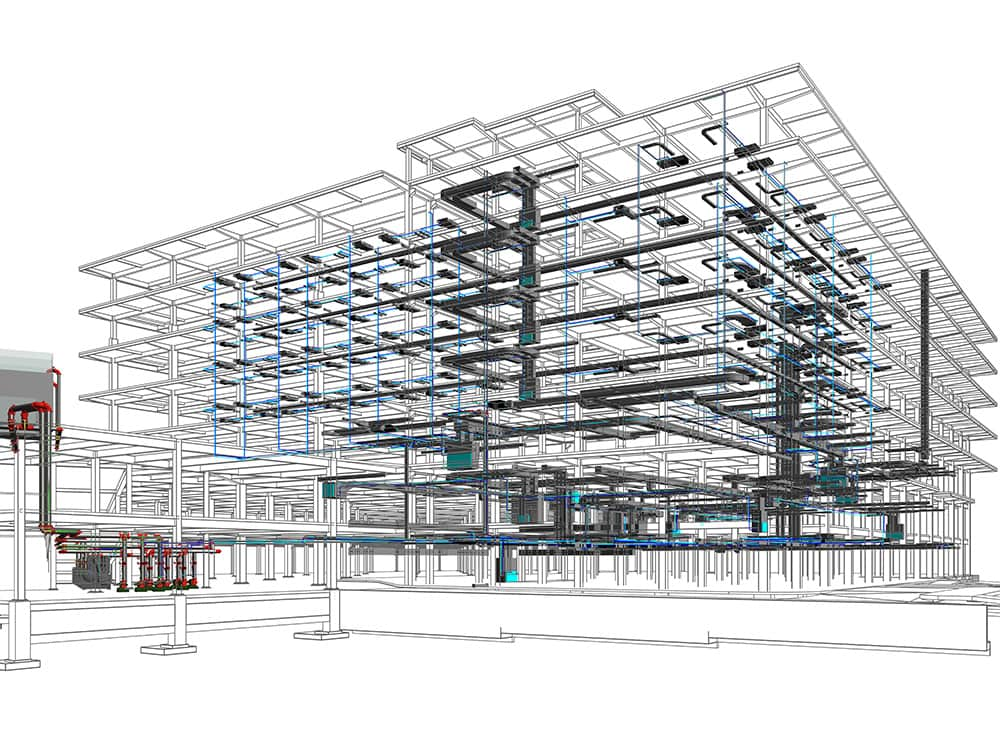Posted on July 19, 2017
Most of us have become familiar with “The Cloud” over the past few years. This theoretical storage land is now part of our everyday vocabulary as we have become more reliant on mobile devices to access documents, communicate with colleagues and work more efficiently from any location.
5 years ago, many asked how this foreign cloud technology could ever play a role in construction. Yet in just a short half decade, it is clear that cloud and SaaS (Software as a Service) technology have made a lasting impact on the construction industry. Companies of all sizes are able to run their businesses without internal IT departments, working off of programs housed on external servers to conduct their day to day business. These programs include Google Apps, Salesforce, Workday, WebEx and Autodesk Design Suite. Not only can businesses streamline their staff by working with SaaS programs, they can also work off of mobile devices as efficiently as working from desktop computers, if not more. Whether on a jobsite, in an airport, or waiting in a lobby to bid a project, contractors and engineers can remain connected though an app on a cell phone or tablet.
The benefits of cloud-based technology can be seen throughout the construction process, and are increasingly more evident throughout the preconstruction phase. Programs such as Collaboration for Revit (C4R) and Autodesk A360 are allowing contractors and engineers to share cloud-based models with project teams, from anywhere in the world, all in real time. These project documents reside in the cloud and can be accessed on mobile devices, eliminating the need for local, PC driven collaboration tools. Entire project teams can work off of a single, globally-accessible model, eliminating the risk that someone is viewing outdated or incomplete documents. Couple this with SaaS programs like WebEx or Google Hangouts and teams can conduct full coordination meetings without ever picking up a phone.
The benefits of cloud-based technology are undeniable. It is redefining what an office environment looks like, how people communicate, where software is housed and how documents are shared and reviewed. Project teams and documents are just an iPhone click away, bringing a new level of accessibility to the pre-construction process. With technology like this making a splash in 2017, imagine what we will see in the next 5 years!



